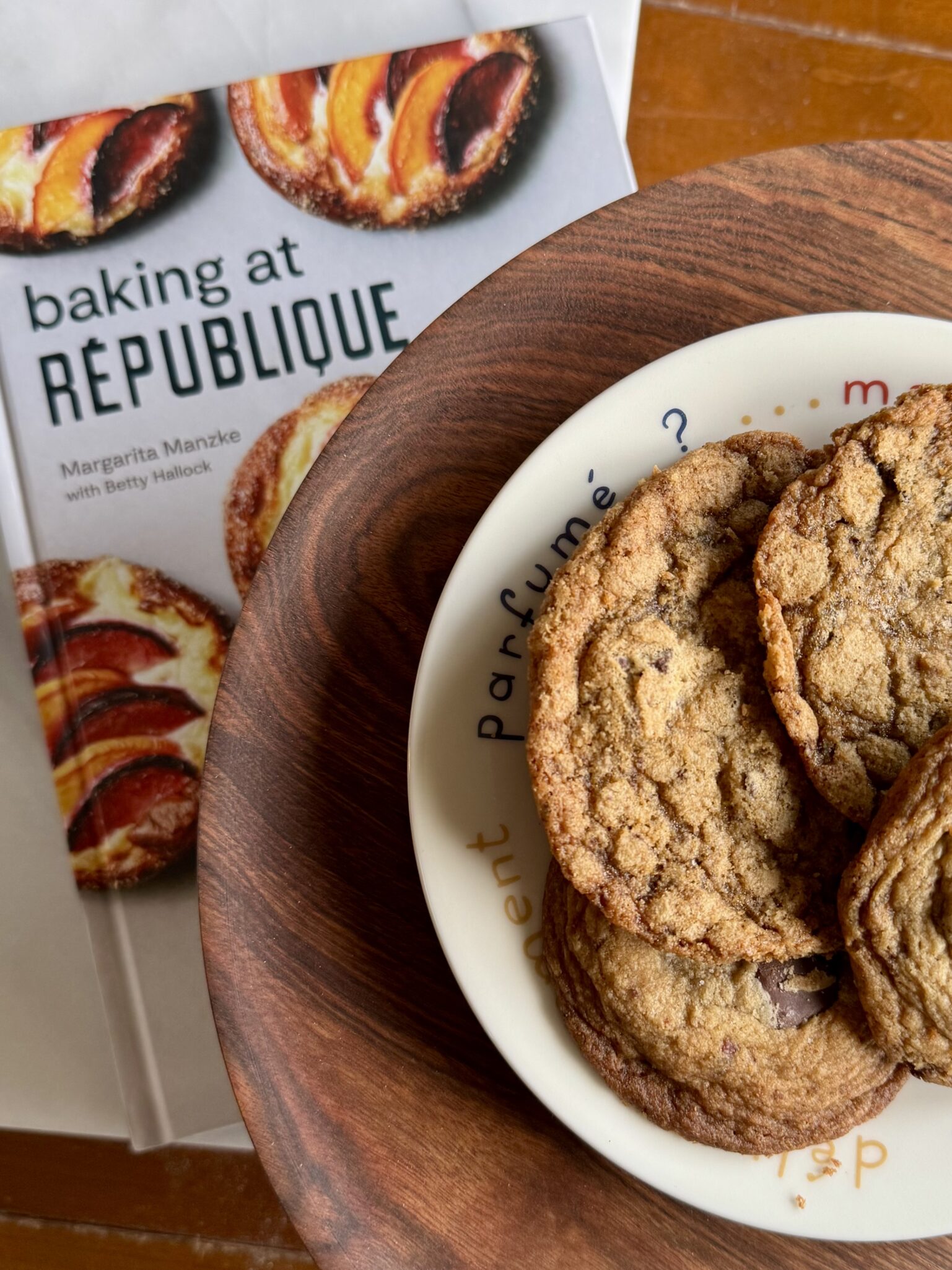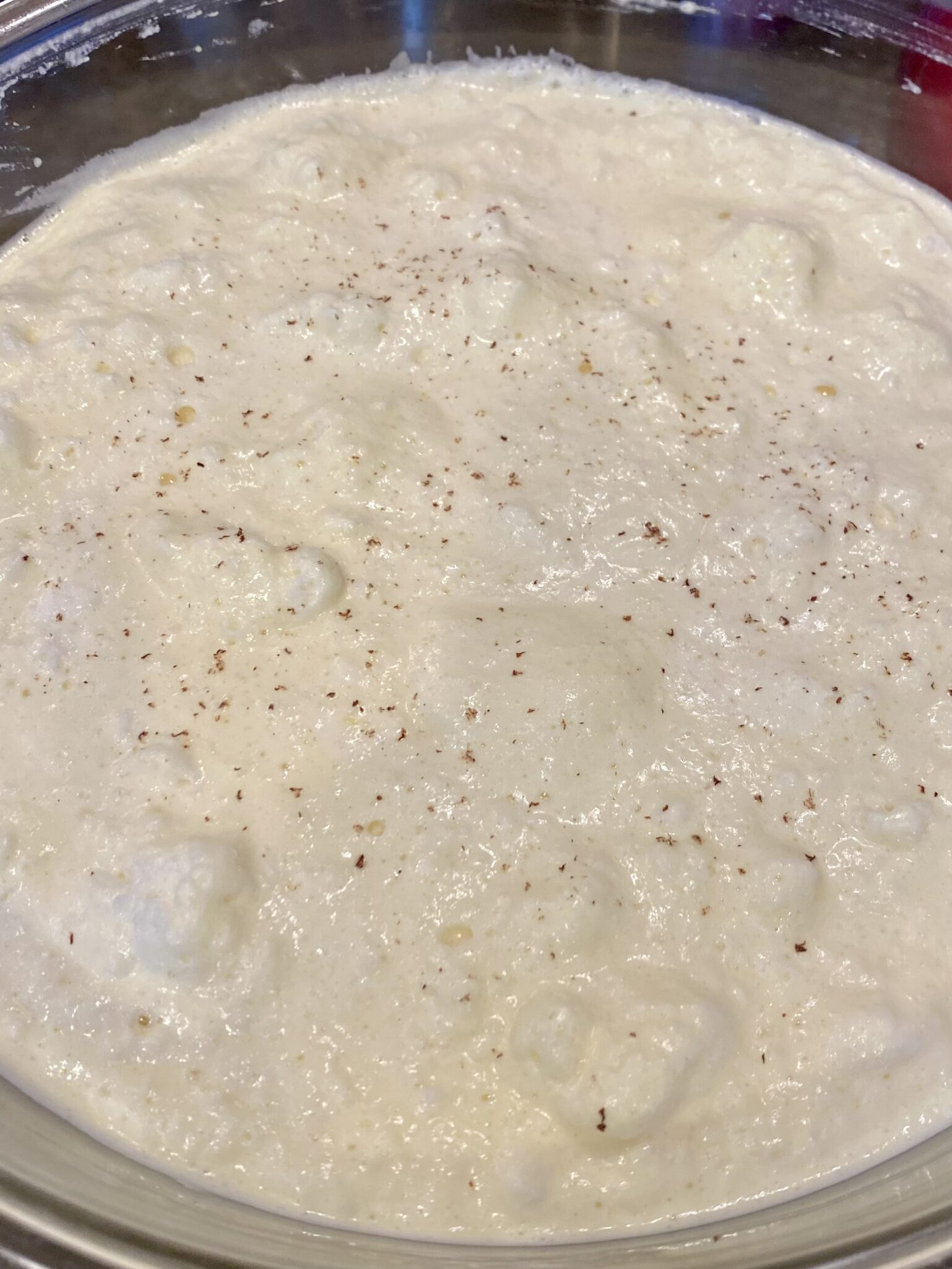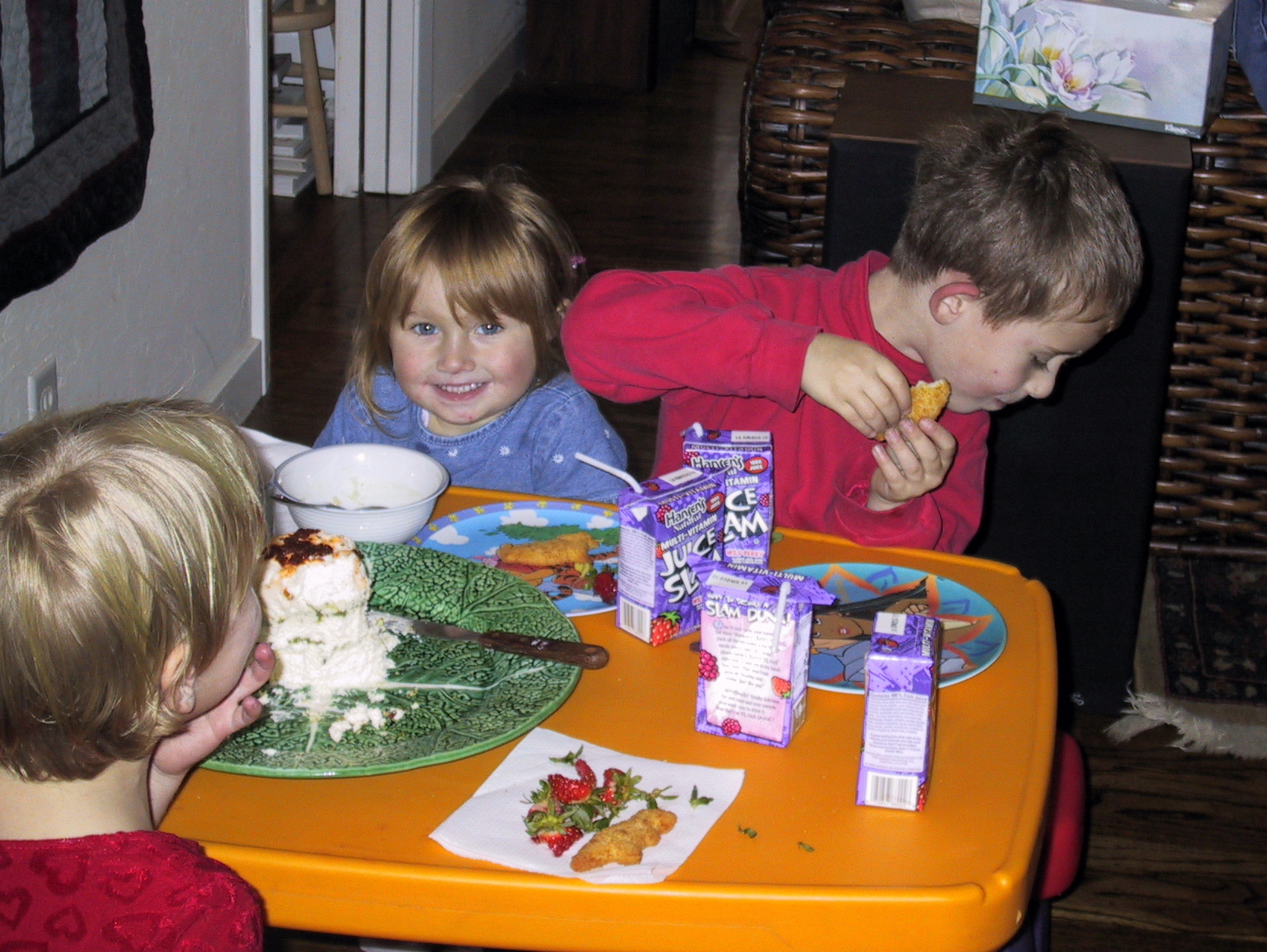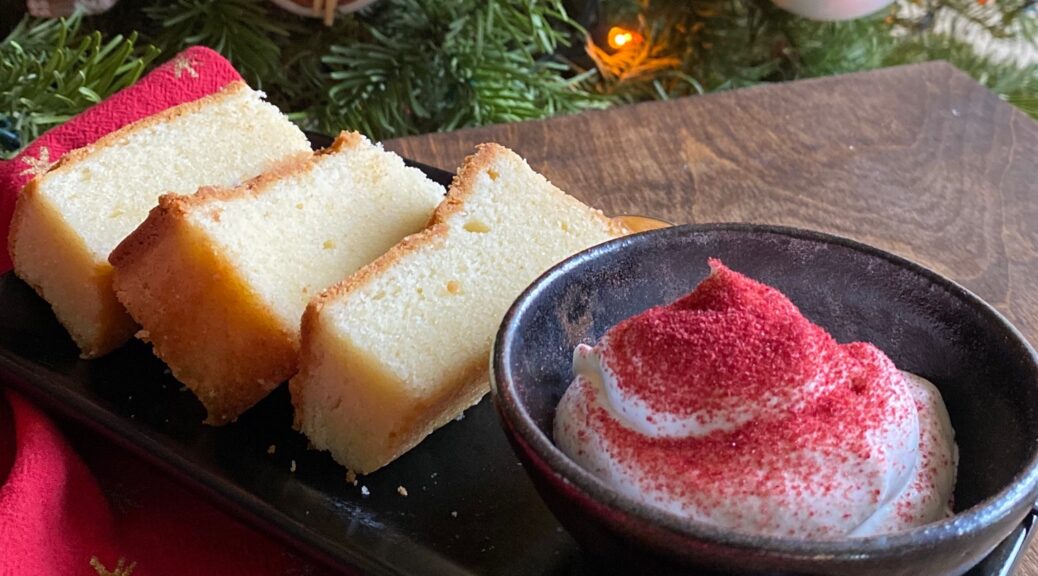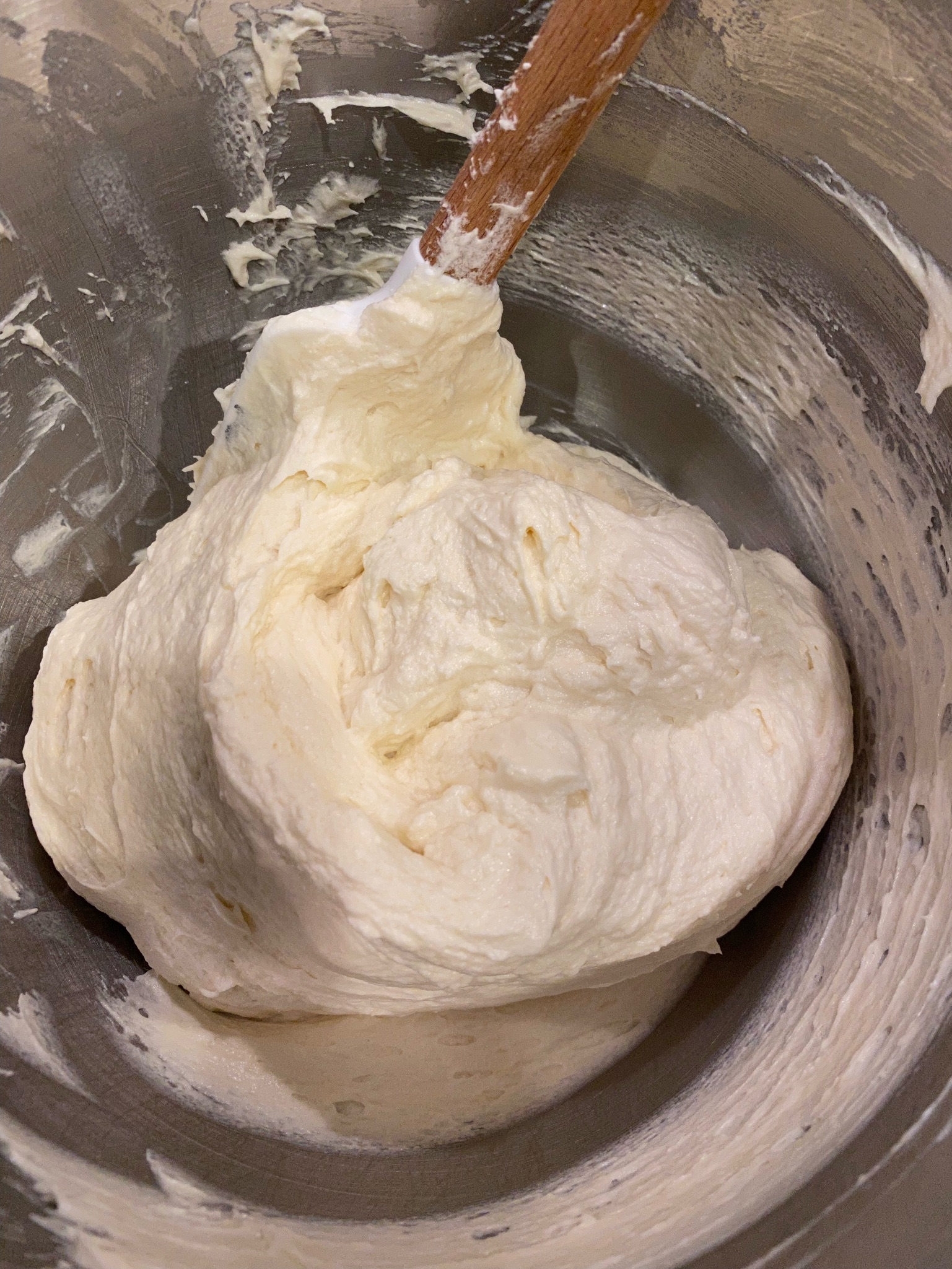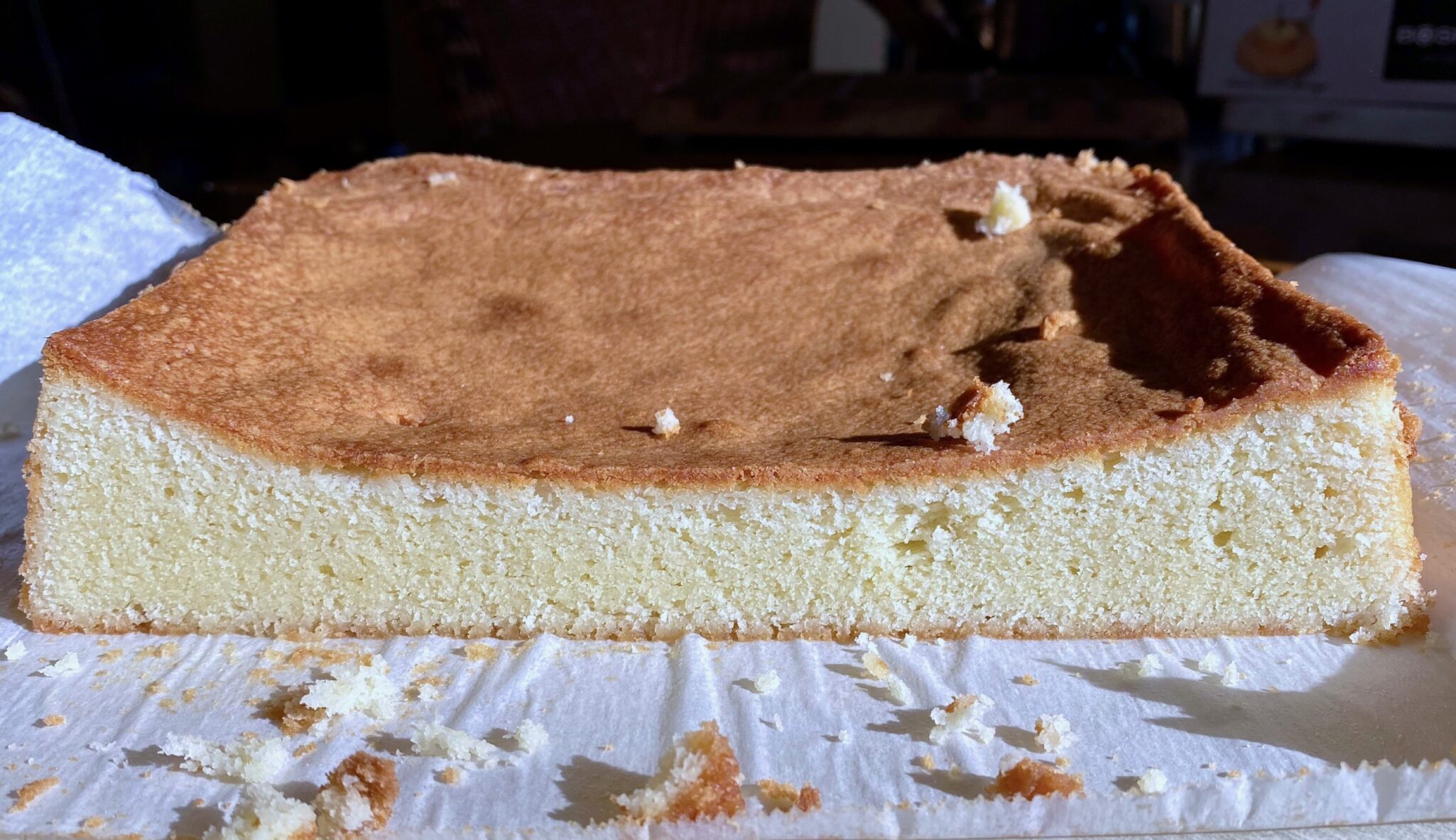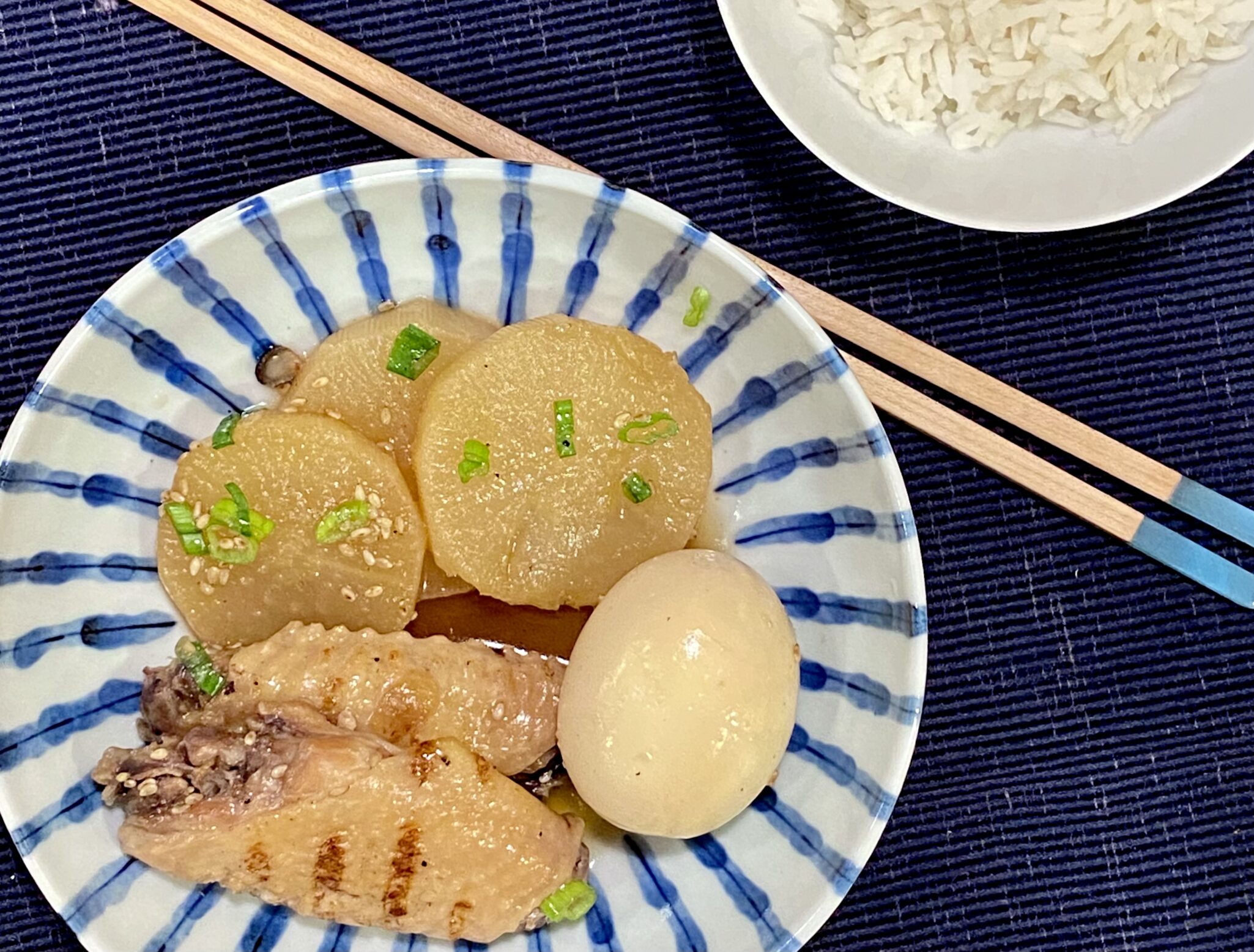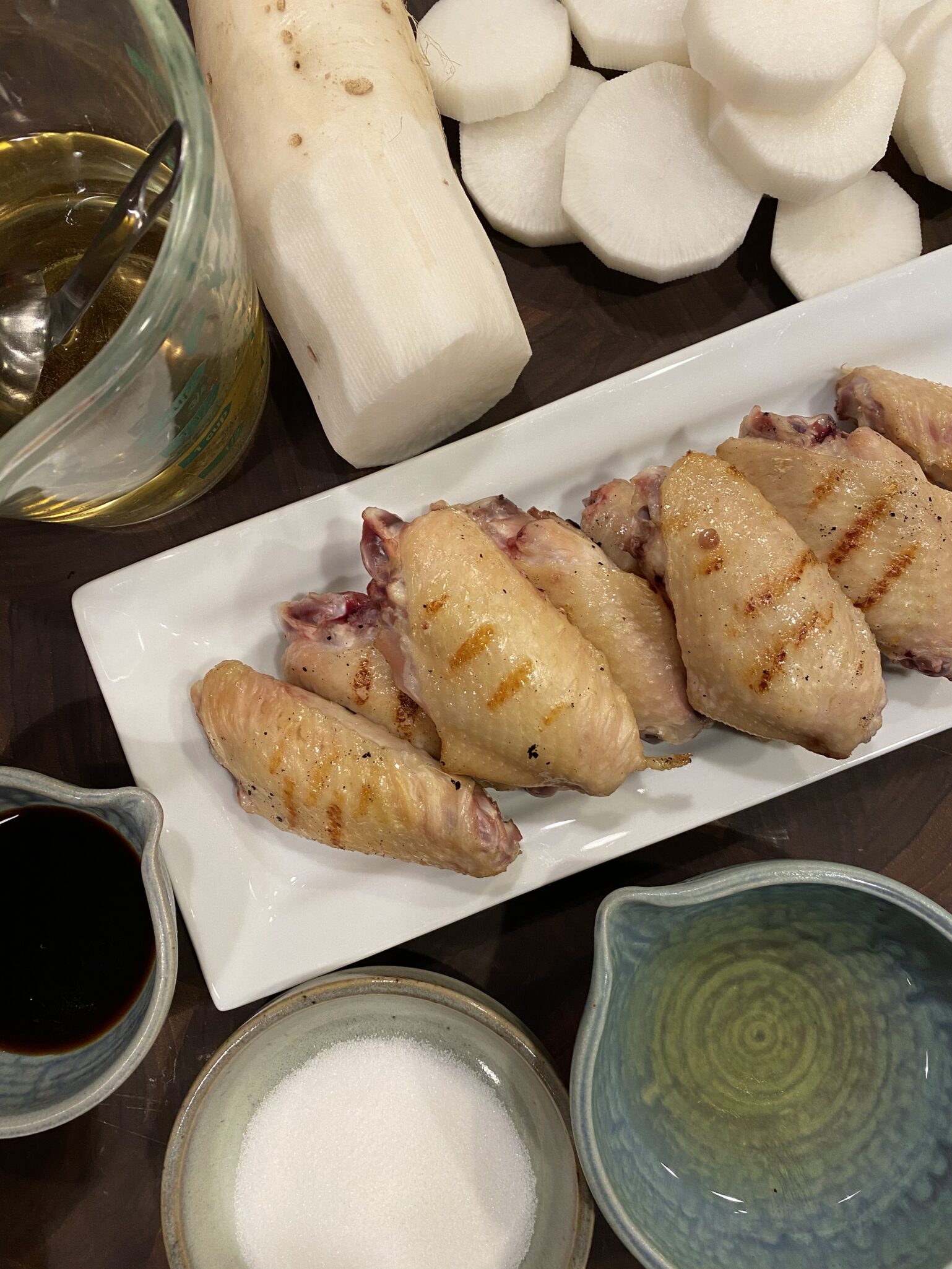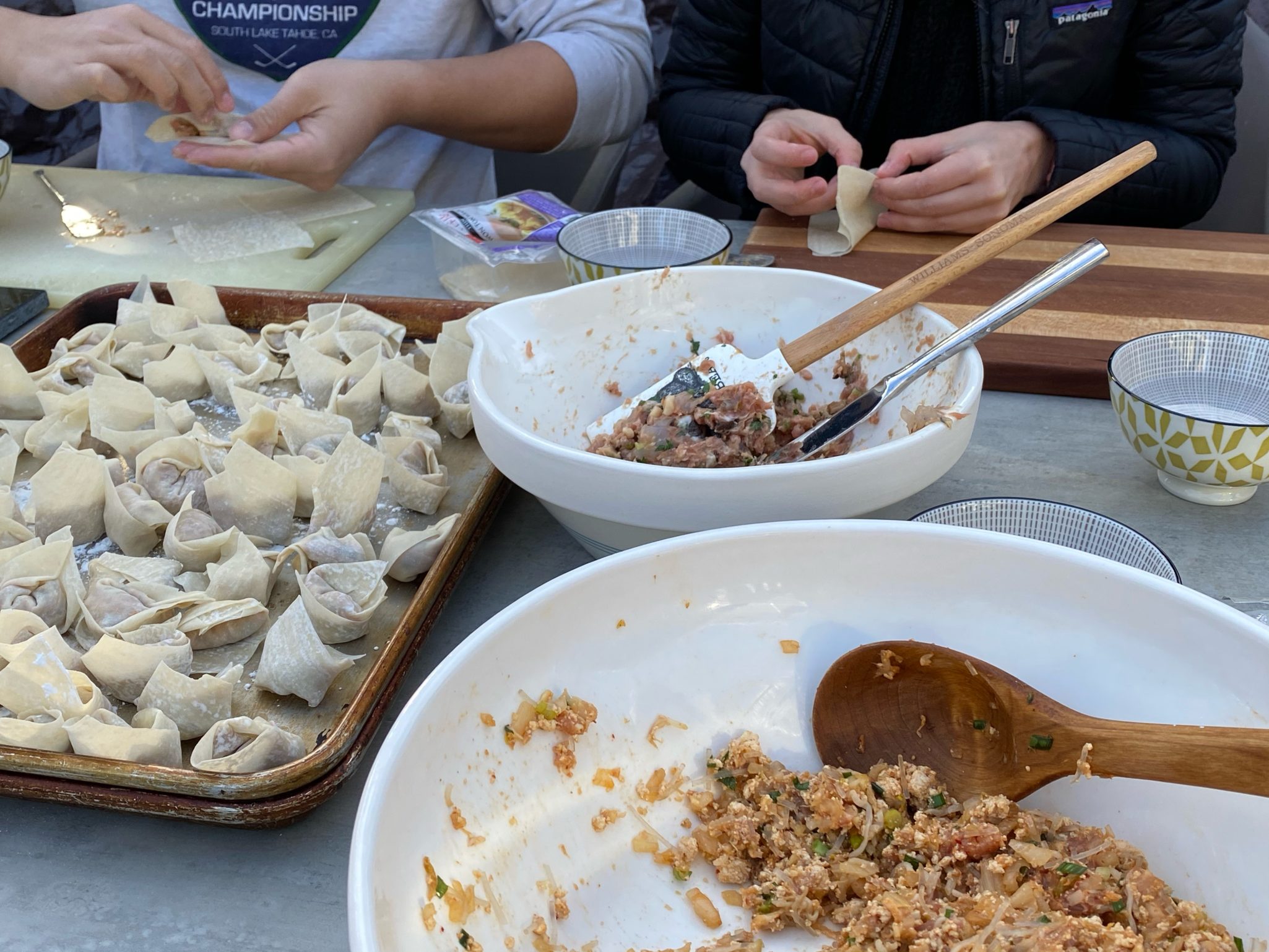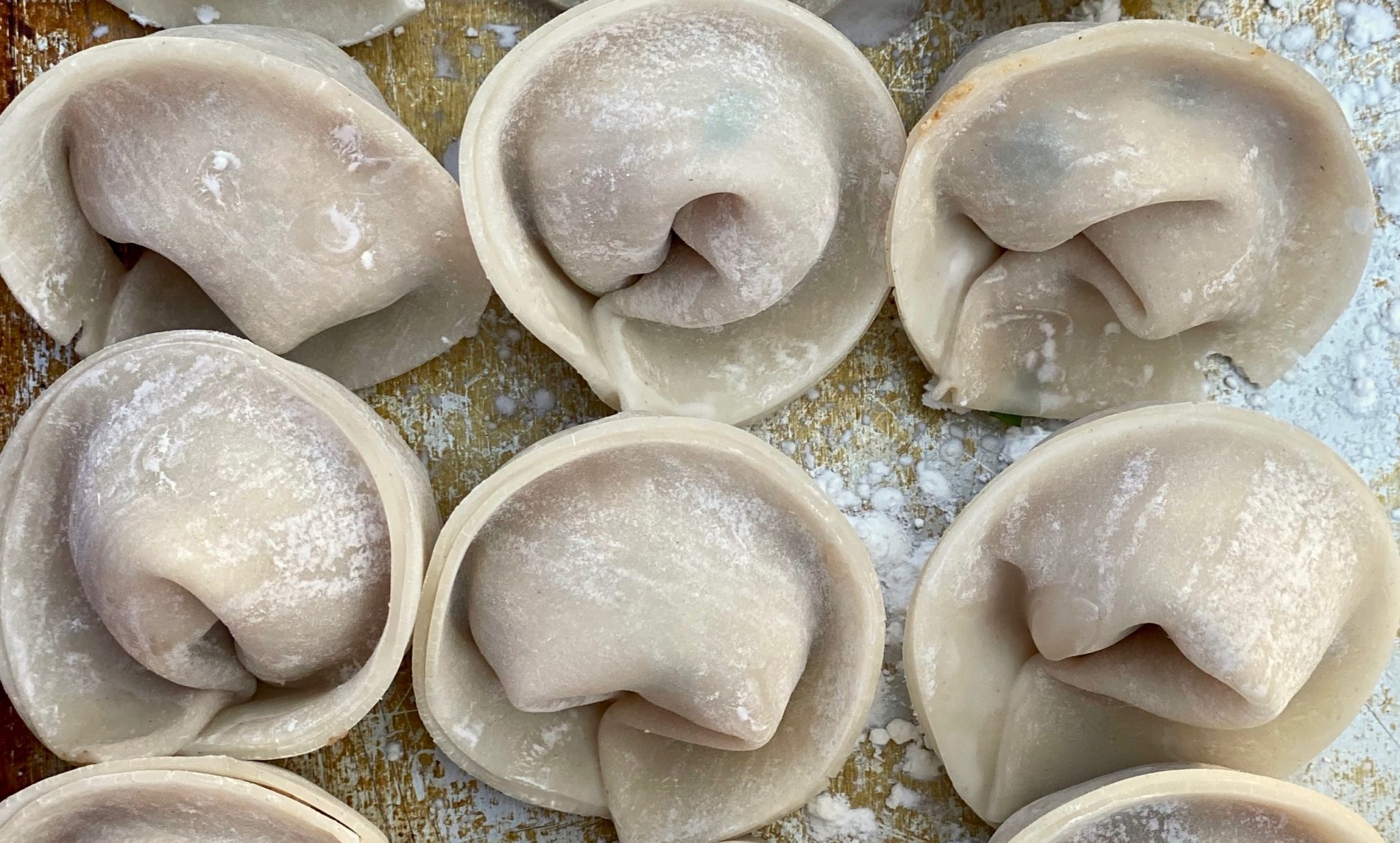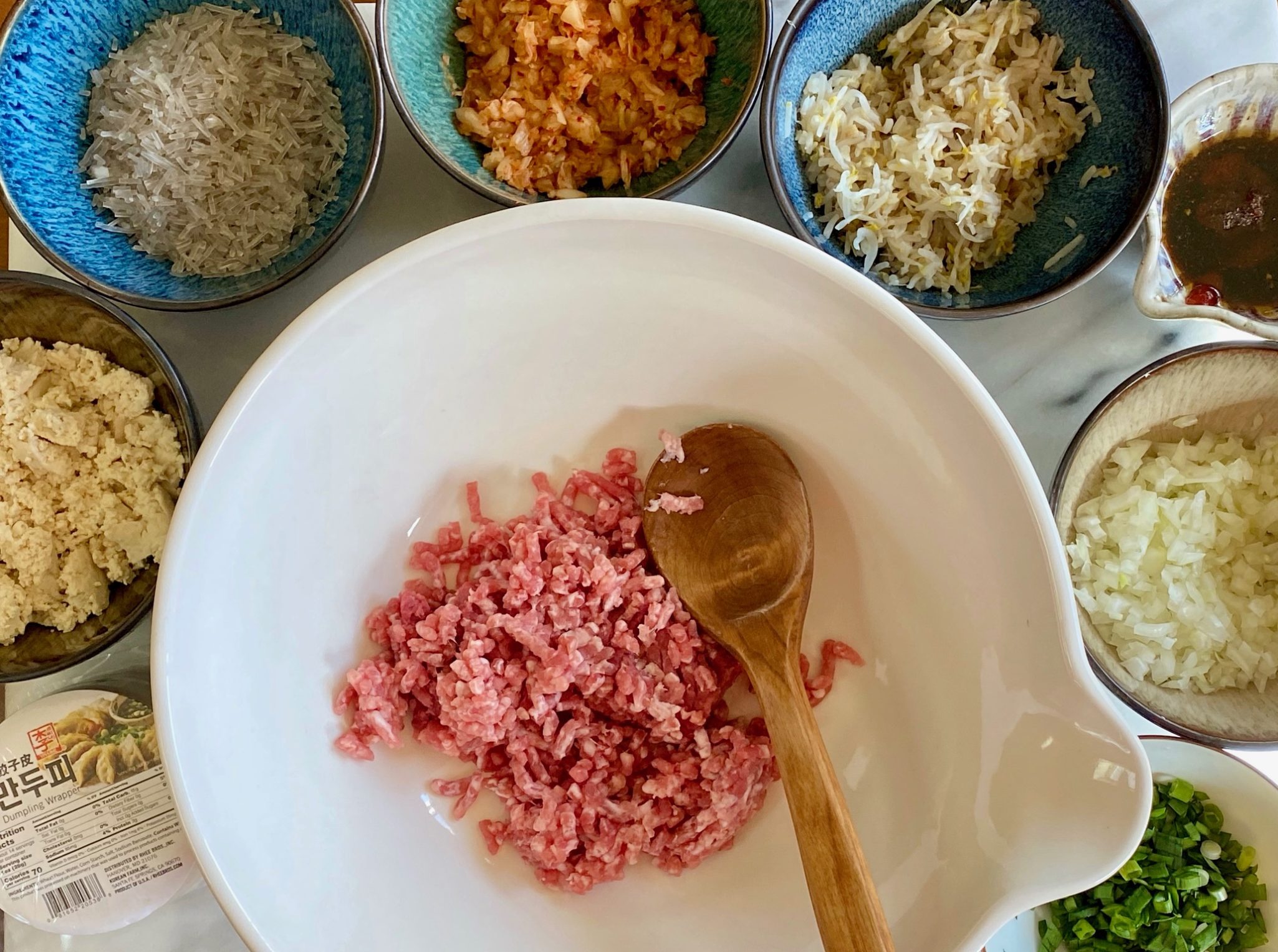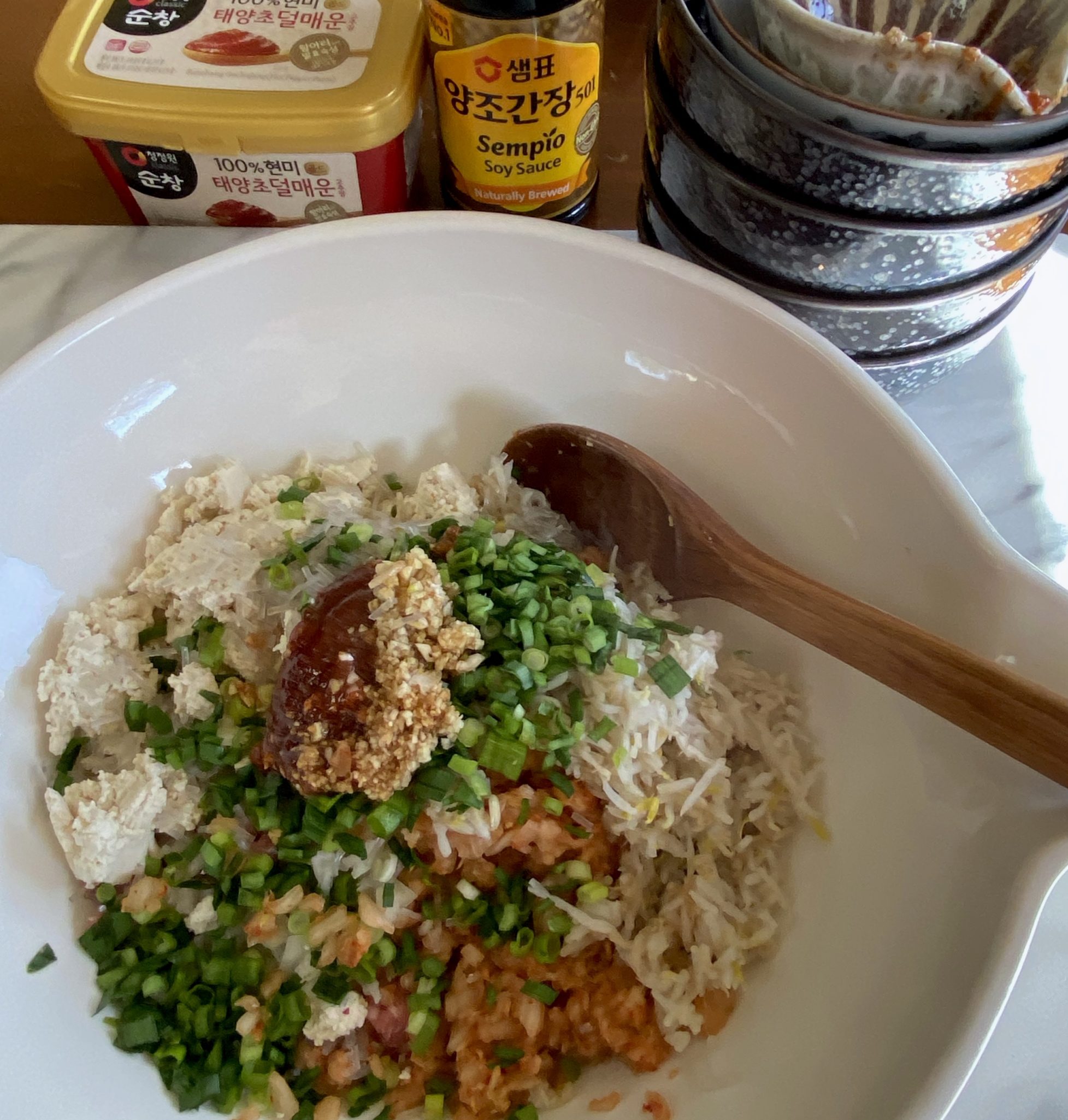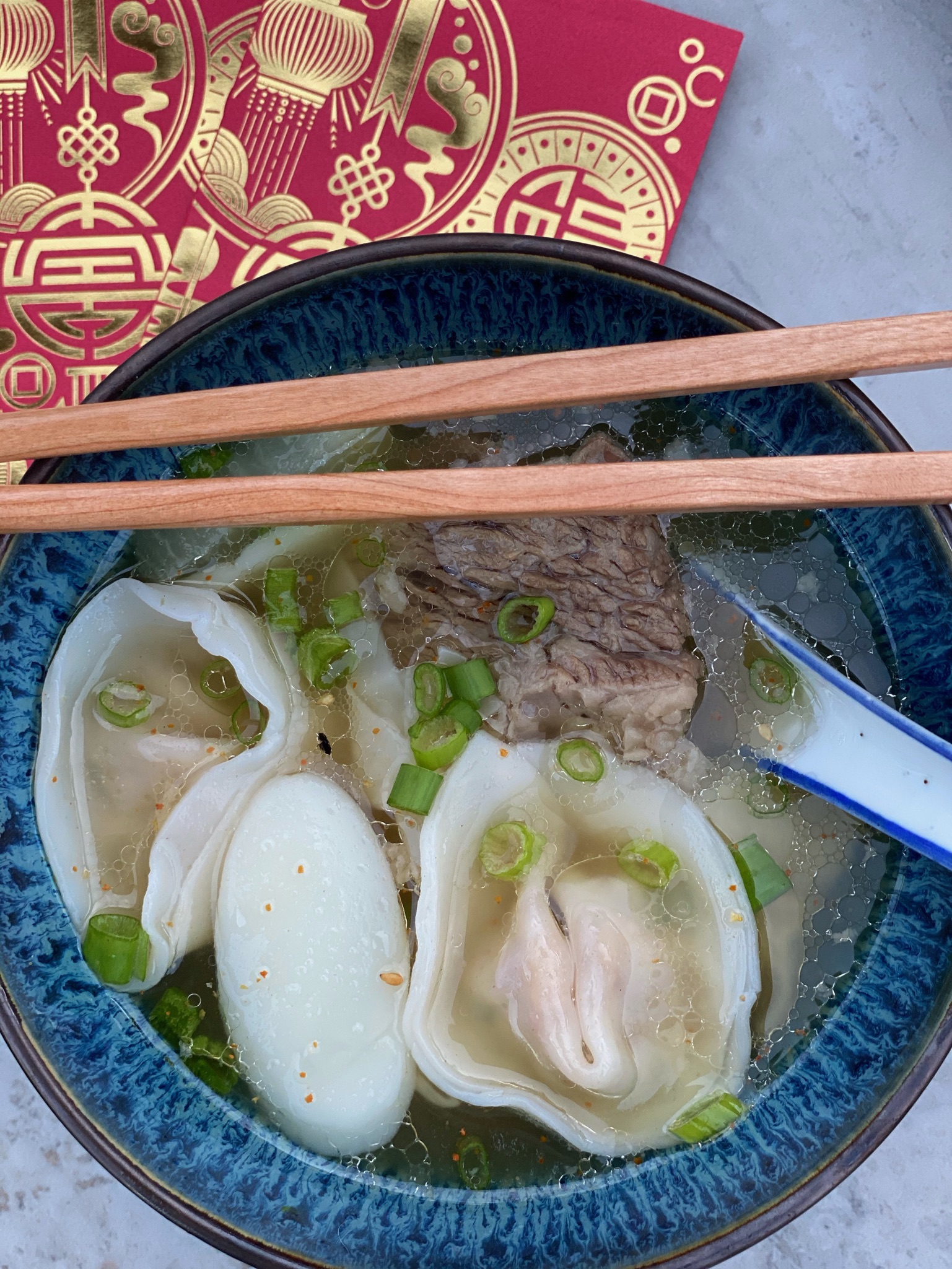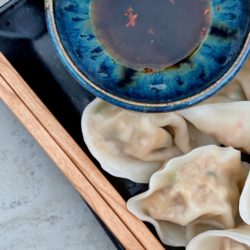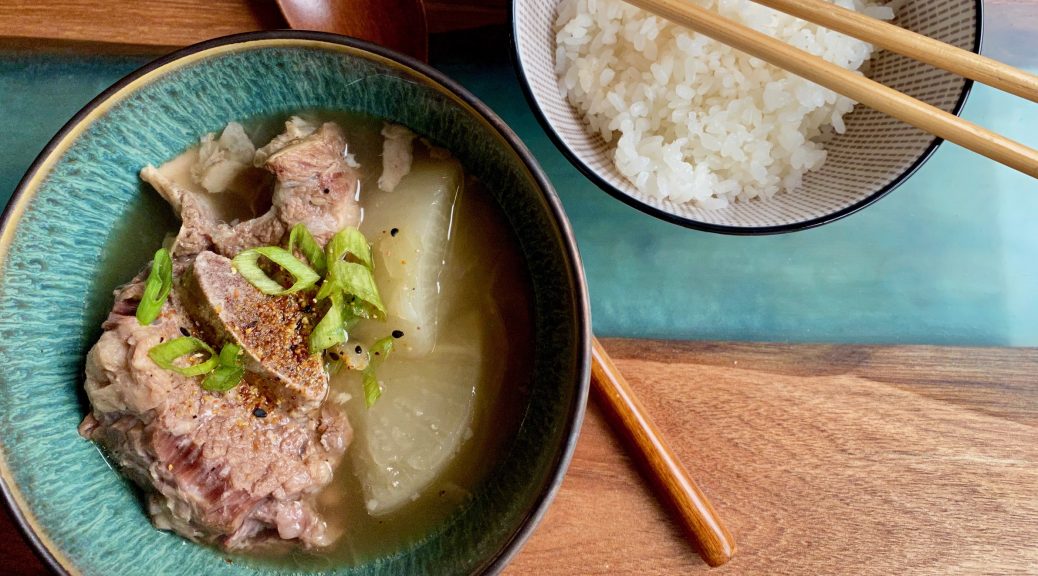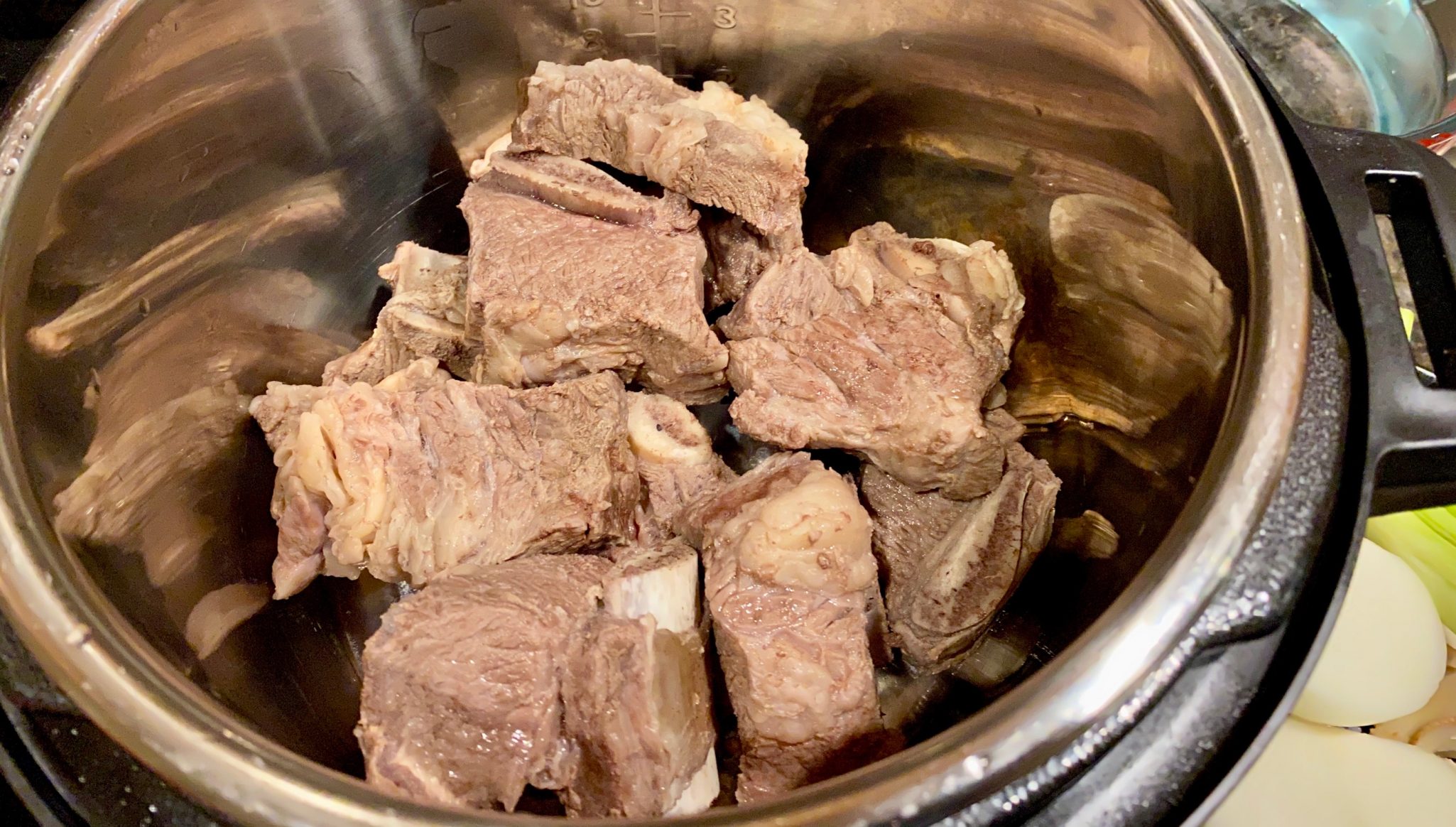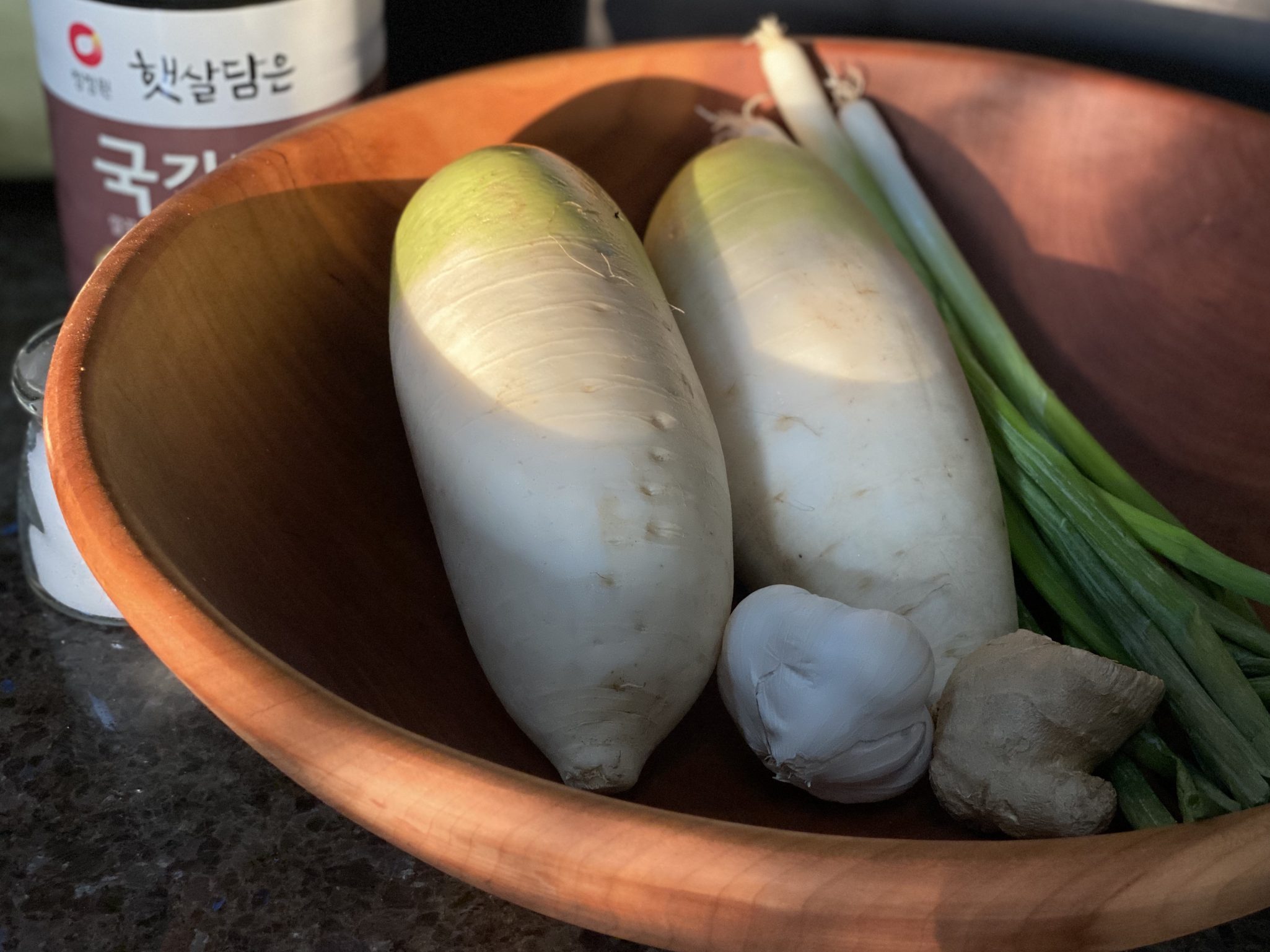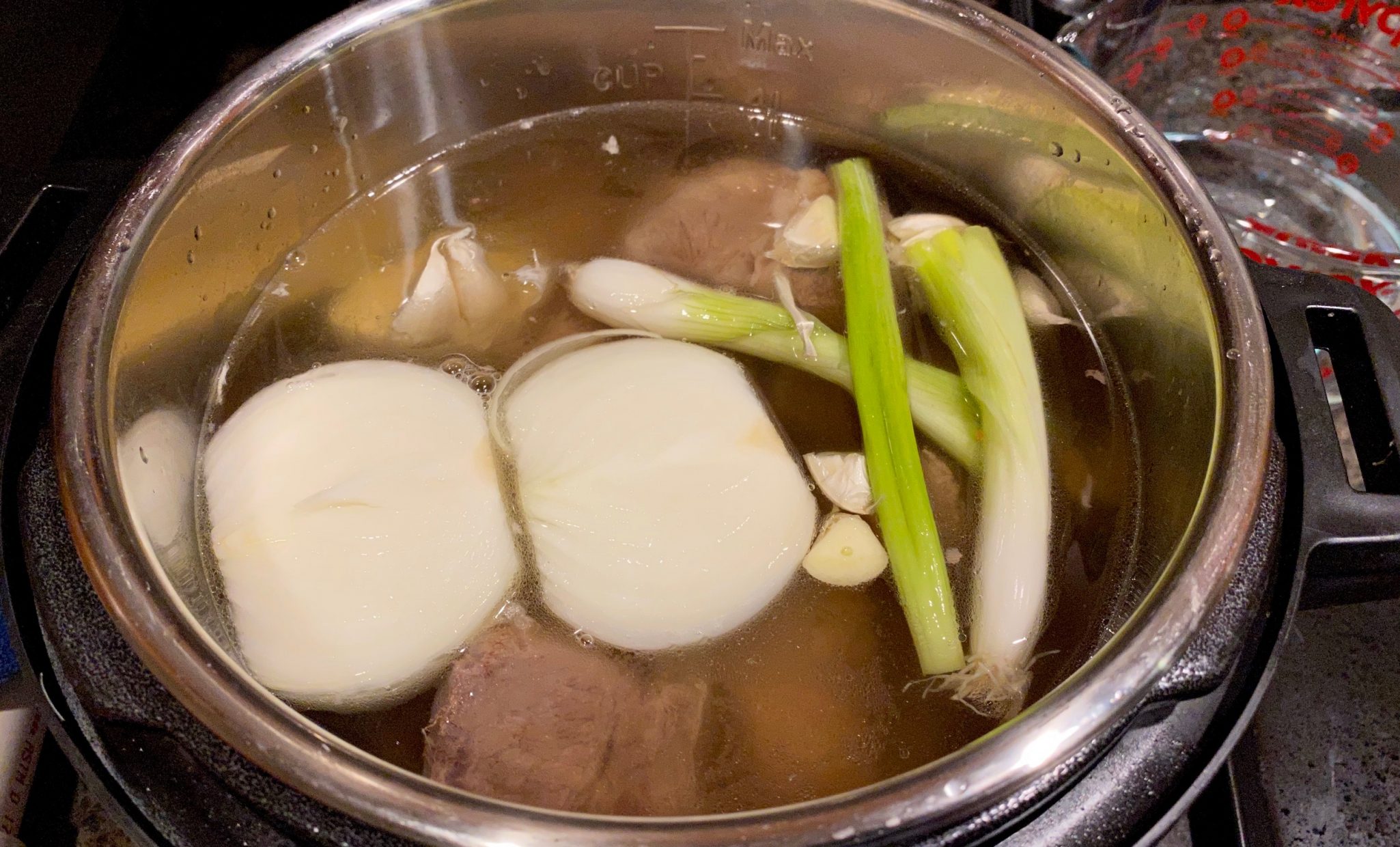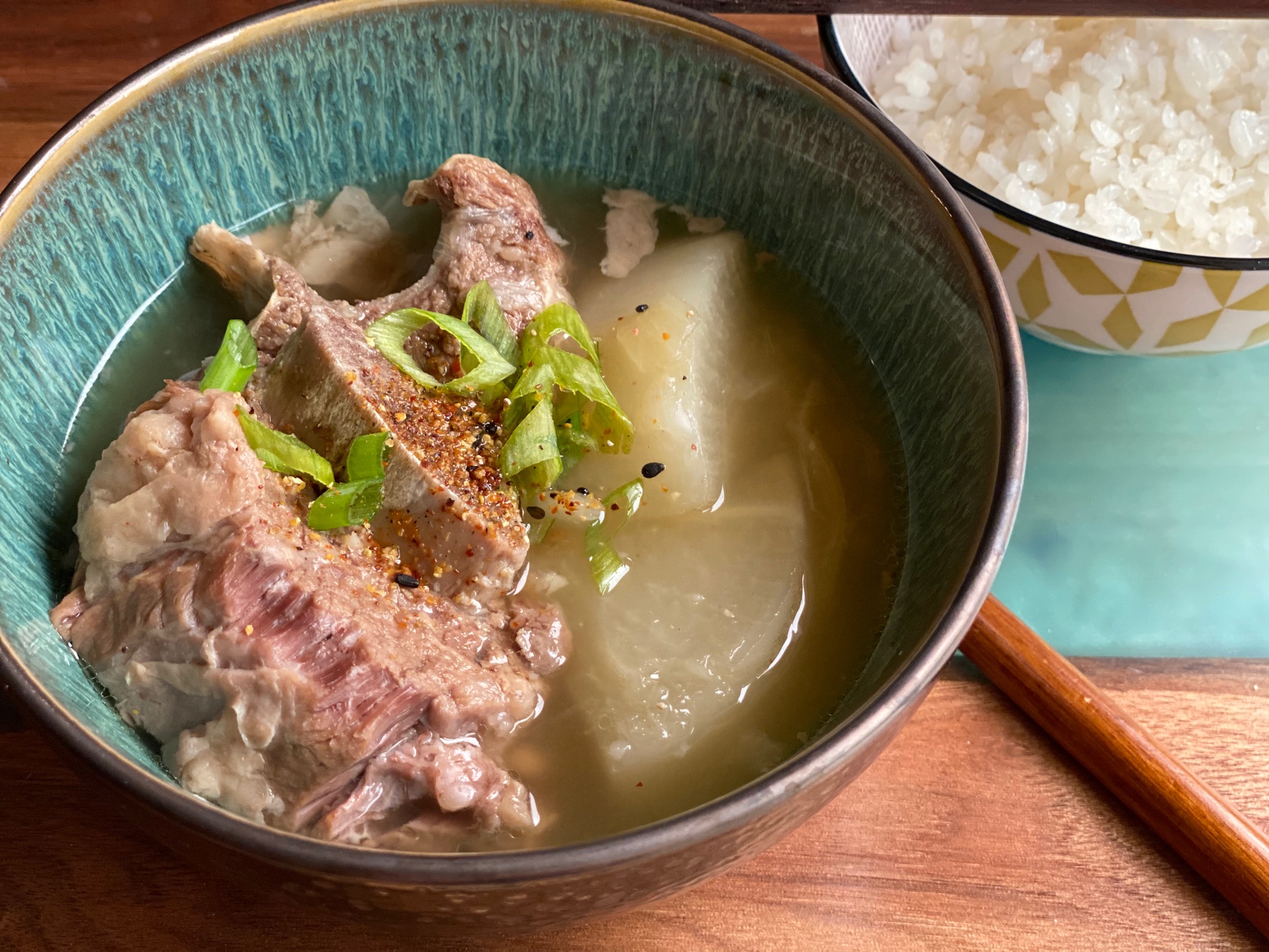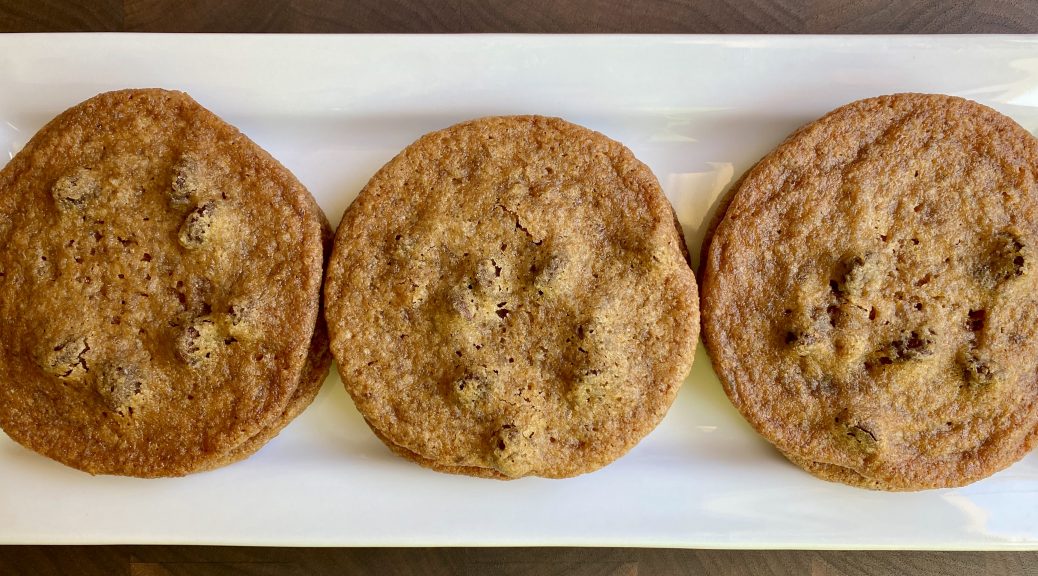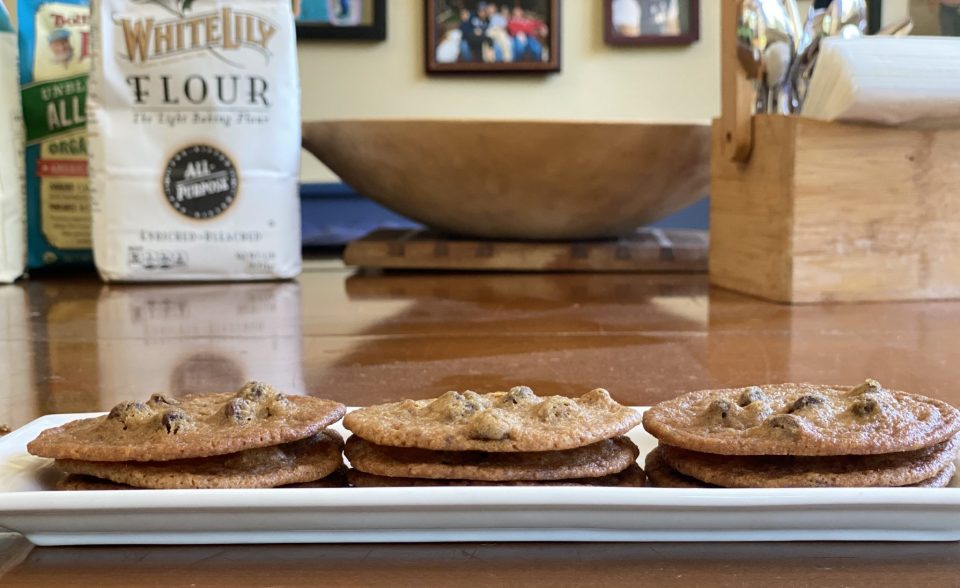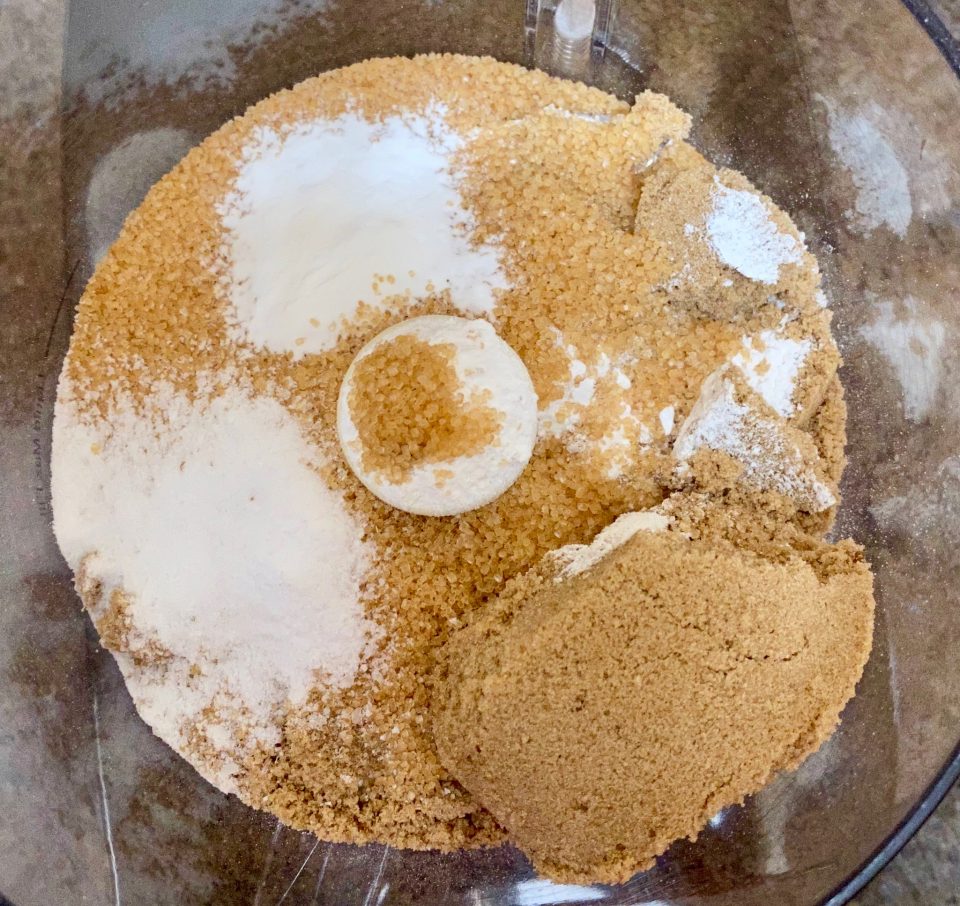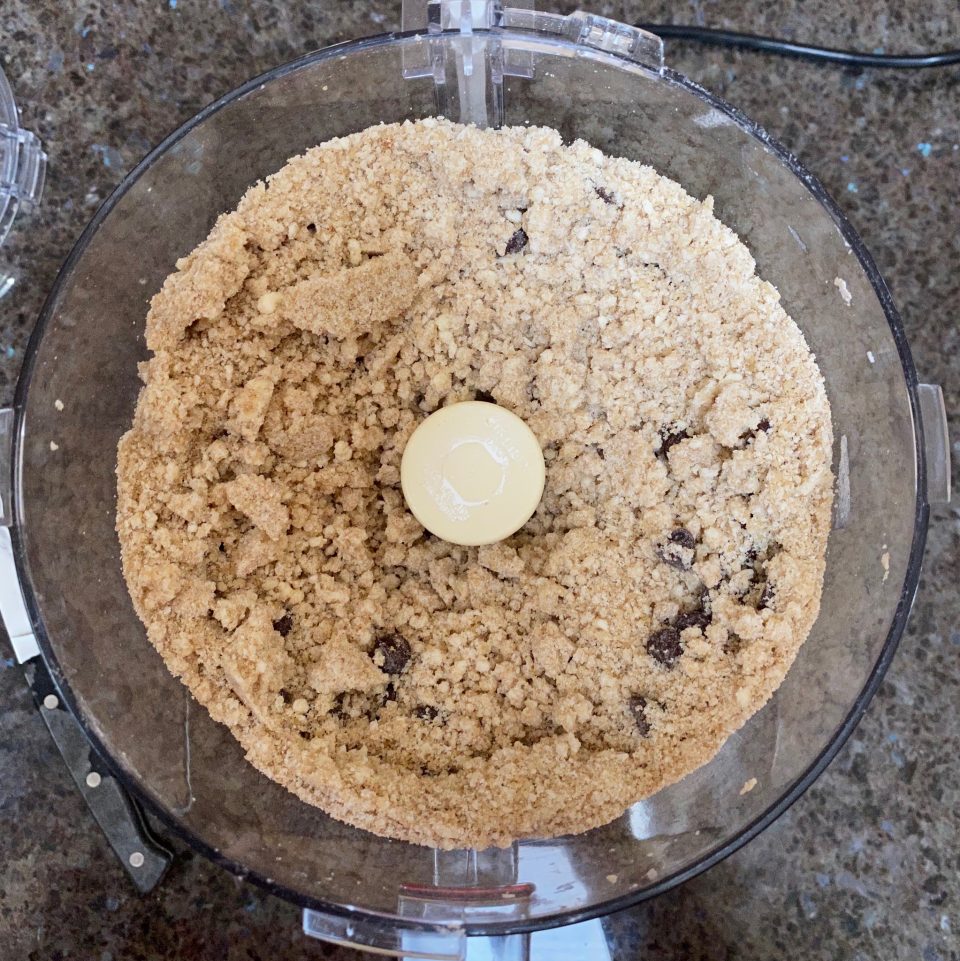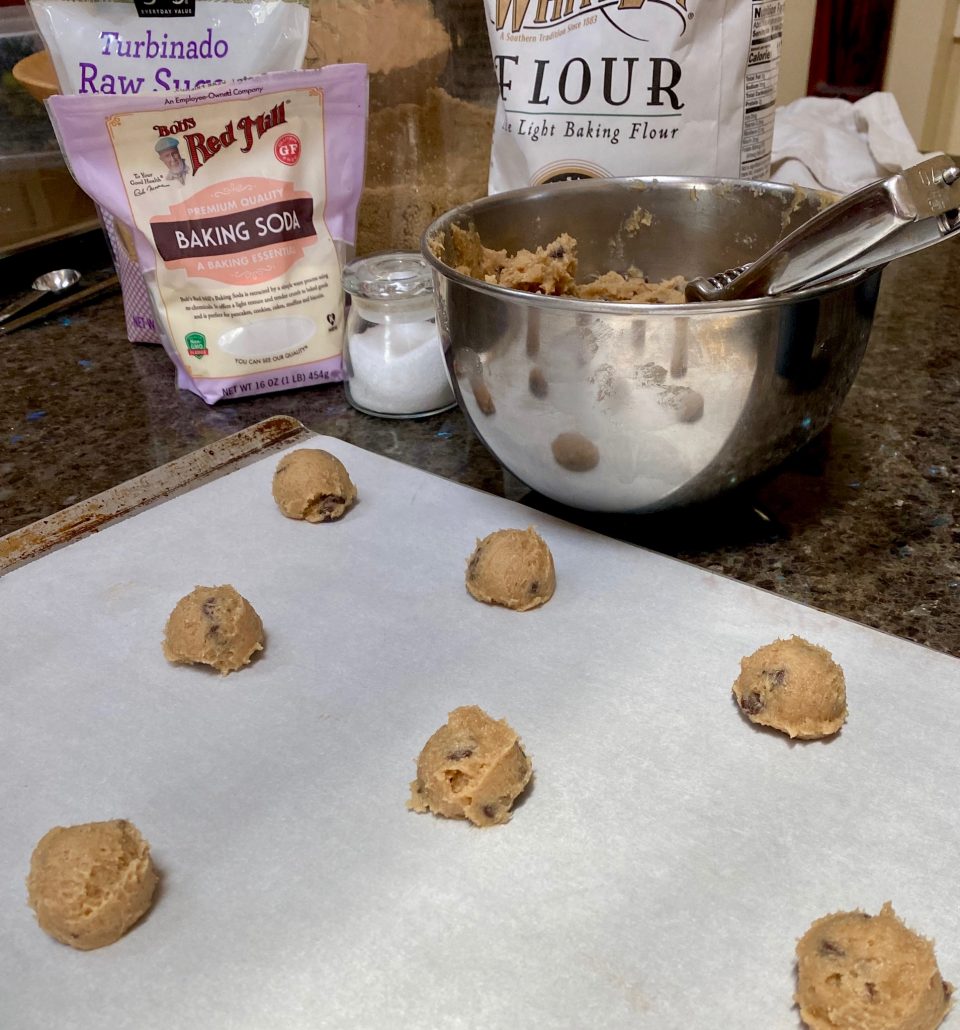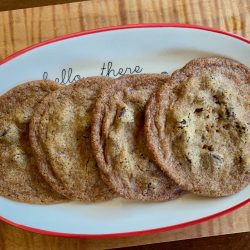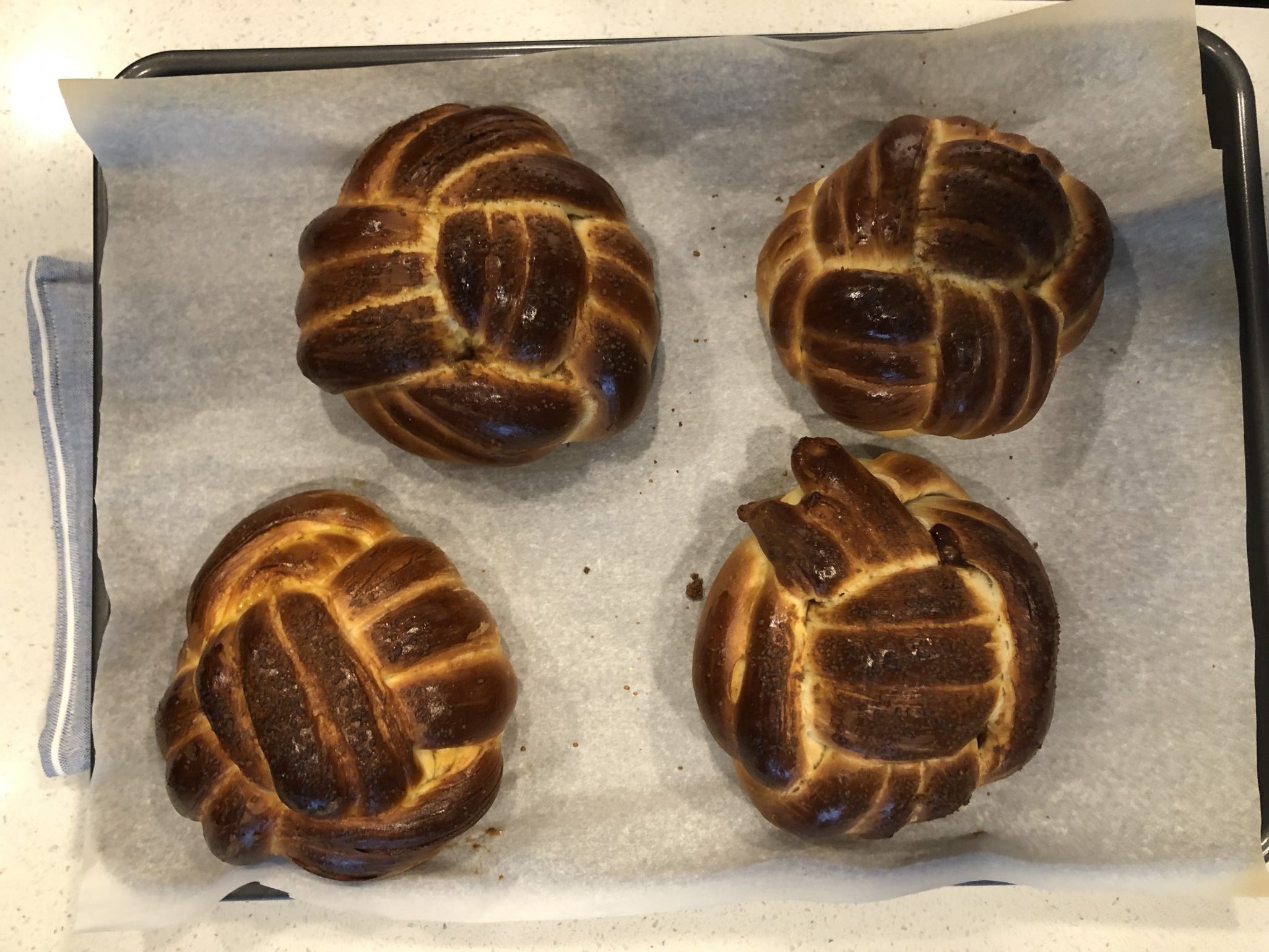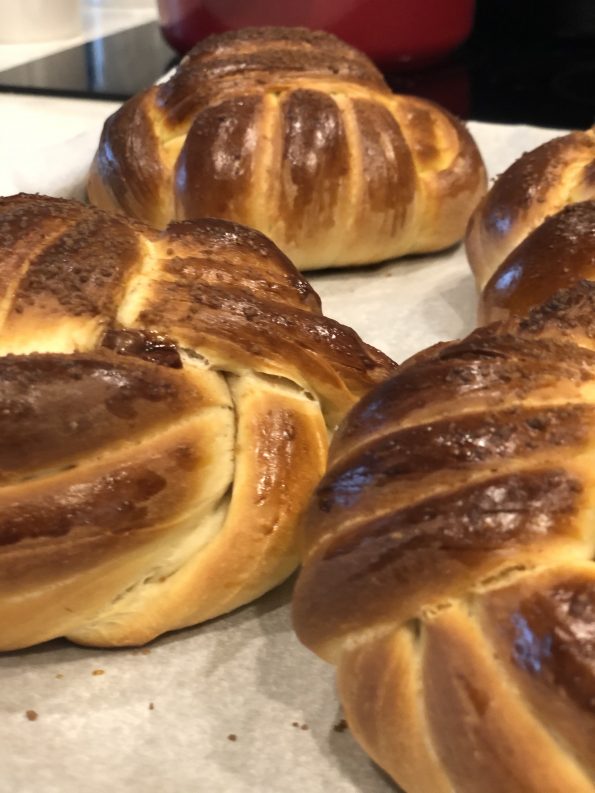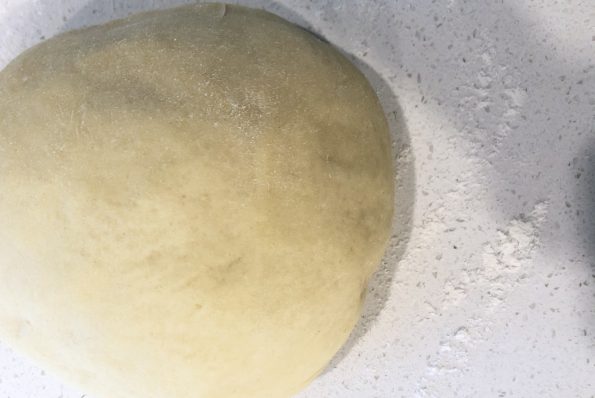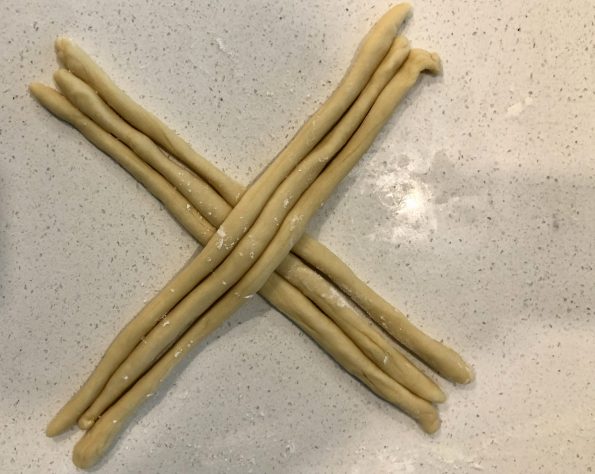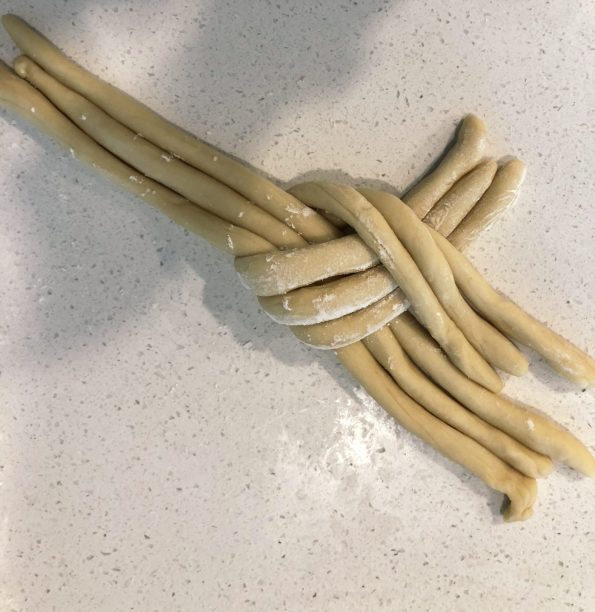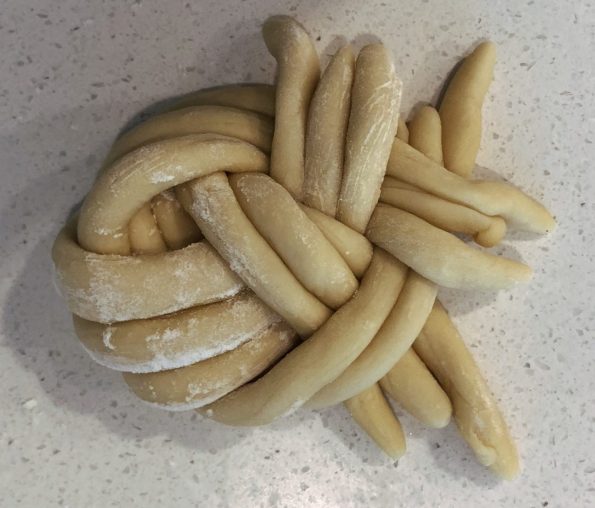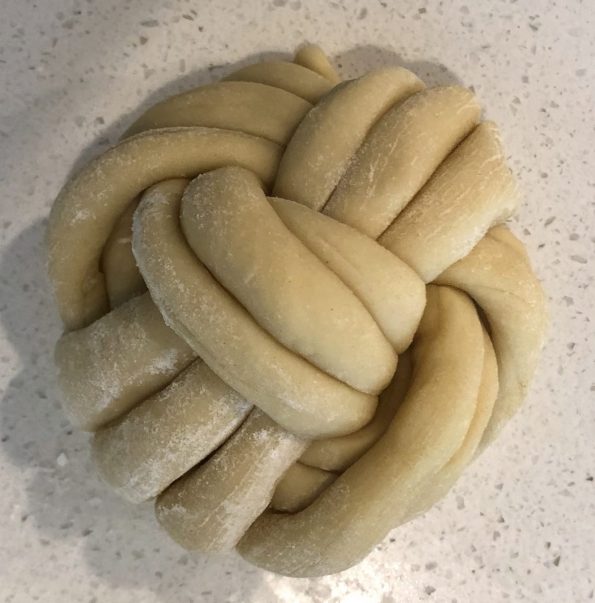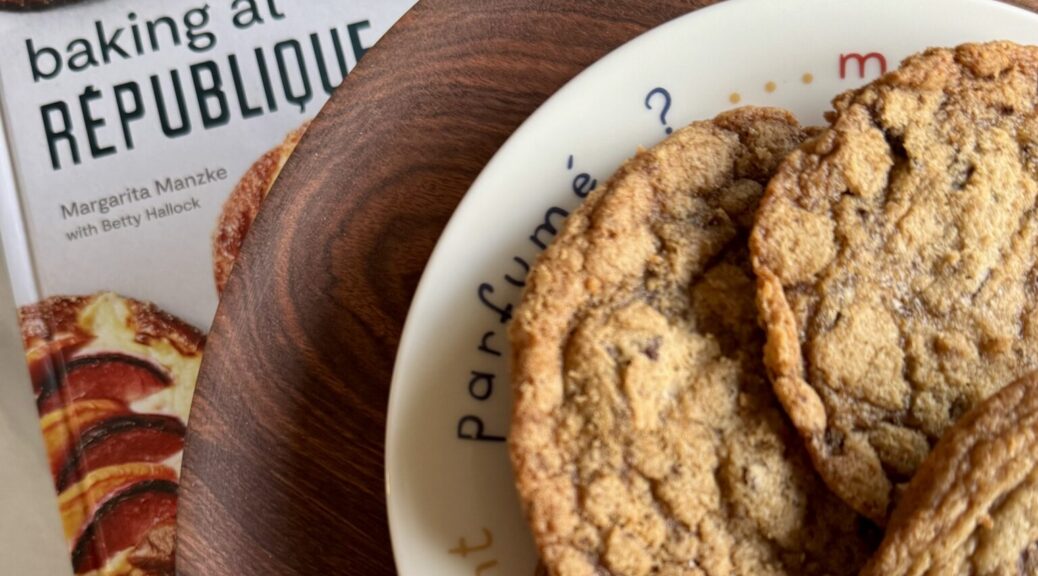
Chocolate Chip Cookies as Stress Busters
Whoa, Nellie, it has been a crazy 12 weeks. I knew with a second Trump term, the guardrails that were in place during his first term would be gone, but did I think we would get to Def Con 5 so quickly? Nope. TFG has brought out the absolute worst in folks. I underestimated how many sycophants and folks there are willing to sell democracy down the river for a fistful of dollars and a pocket full of power.
Apolitical-Smaypolitcal
I know a few of you are probably thinking, Gurl, stay in your lane; this is supposed to be a food, travel, and sports blog. We can’t ignore what is happening in our country. Has there ever been a person more woefully unqualified to be a president? Devoid of the temperament, decency, and intellect it takes to be in public office, any office for that matter, even dog catcher. At this moment, he and Elon Musk, I’ve coined them the Douche and Doge Bro, are taking a sledgehammer to everything we hold dear, public education, public libraries, National Parks, Public Lands, and federal agencies like the NIH, FDA, FBI, DOJ, and Homeland Security. He has fired career non-partisan civil servants and replaced them with hacks. A complicit GOP Senate has installed woefully unqualified and corrupt nominees to lead all our institutions.
What a nightmare. All under the guise of waste and fraud in the government and an anti-DEI policy (racism). Tell me how firing Inspector Generals who oversee waste and fraud works to eliminate…waste and fraud 🤦🏻♀️. They are dismantling our system to privatize it and put money into their grubby little hands. Not to mention the cruel, illegal, indiscriminate mass deportation of folks to El Salvador, which is basically like sending folks to hell. NO due process?
Gettin’ Judgey With It
Though the SCOTUS has been bought and paid for, there are still judges, even Republican-appointed ones, who are trying to stem the tide. They know these outrageous, unjustified firings are illegal. This is how unserious the current administration is. 50 years of progress is being dismantled under the guise of anti-wokeness and anti-DEI. A vindictive slash-and-burn policy is not a tool of governance. It is wielding power with a scepter of cruelty.

What Can I Do?
There is a sense of helplessness that has come from this massive attack by the rich on everyday Americans. There are steps we can all take to hopefully stem the tide, save Democracy, and counter that feeling of hopelessness. Take action, we are the ones who will save democracy, this is empowering. So let’s get to it.
Engage in our political process and do some research and reading on your own. Join grassroots political organizations in your area. Create a network of folks to whom you can bounce things off and who will provide sanctuary for you. Start with Indivisible and find your local chapter. Fight the fight you are passionate about. If you are in Los Gatos, check out TWW Los Gatos, a local group under the Indivisible banner.
Call your representatives. Use 5calls.org, the app finds your reps by your address and provides scripts and guidance on issues to call on. Your rep needs to hear from you. Go to their Town Hall meetings or demand that they have one during the recess. All we have is our voice and our vote; use them both.
Rallies, Protests, and Marches. A single voice is not heard, a hundred voices are barely a whisper, but a million voices are loud and clear. Show up. Do it for your family and friends. Bring them along.
These are stressful times. Don’t forget to take time for yourself, your family, and your friends. We are in this for the long haul, so breaks are required to rejuvenate. Balance is necessary.
Who You Gonna Call? Stressbusters
In between calling reps, attending rallies and political meetings, I de-stress by BAKING, cooking, rowing, and venting. The perk of letting me vent to you in a post is a recipe to make something delicious to nosh on while having to listen to me. I recently picked up the cookbook from the team at Republique in LA; it was on sale and contained their amazing Buko Pie (Coconut Cream Pie) recipe. Before tackling the pie, though, I made her Chocolate Chip Cookies. I’ll get to the pie yet.
Chocolate Chip Cookies AKA Constitutional Crisis Cookies
The instructions are clear, and the photos of the finished cookies and other recipes in the book are gorgeous. These fall into the category of classic chocolate chip cookies. No nuts, just chocolate pieces surrounded by a buttery, crisp-edged, slightly chewy, soft center cookie.
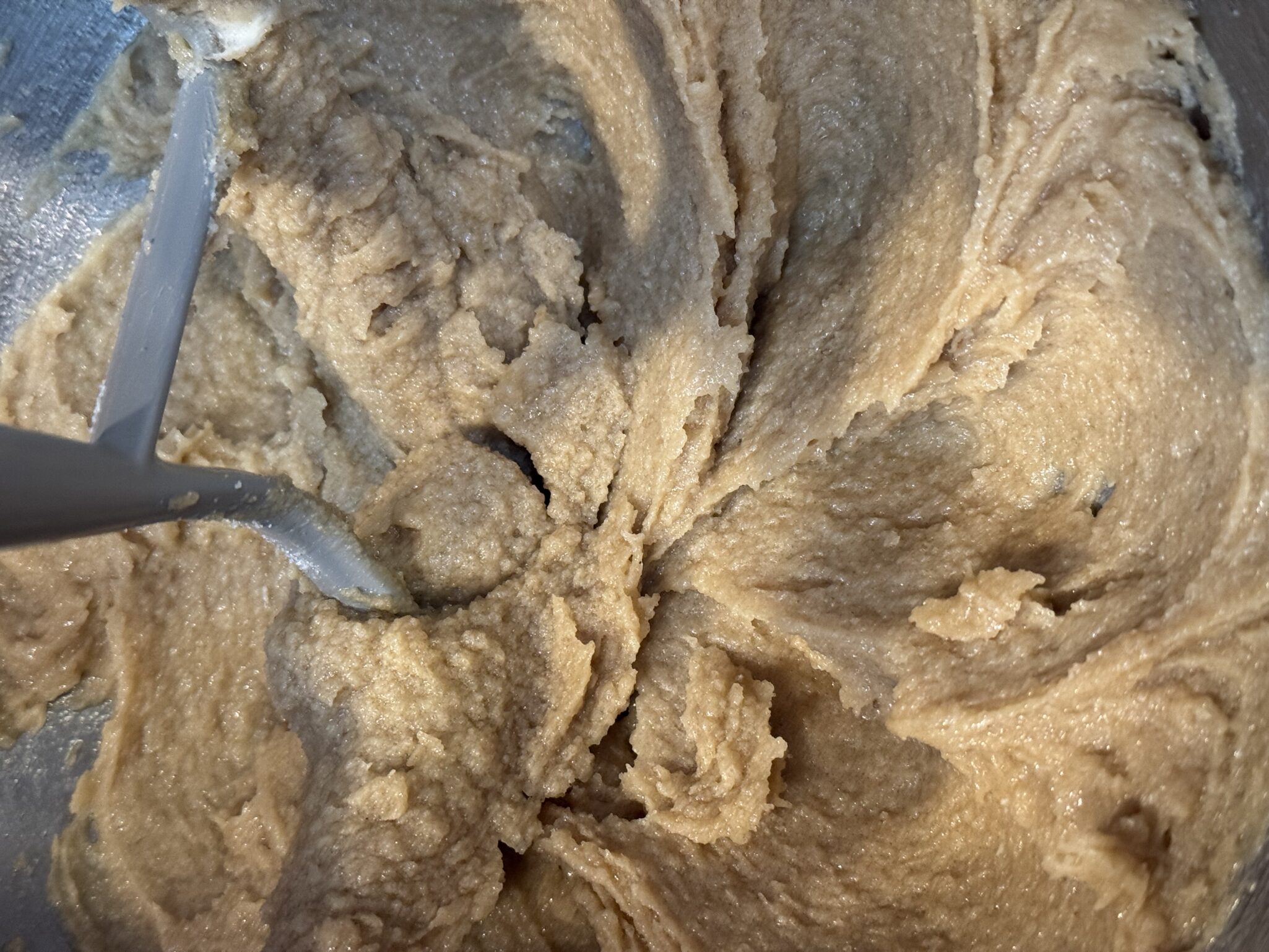
The key to these cookies is not over-creaming your butter and sugar. My mantra when making cookies is, Don’t overmix and don’t overbake! Err on the side of less time in the oven.
More Tips
I used my big-ass Kitchen Aid mixer to make these cookies. Trust me, you don’t need to. Less is more. The problem with my behemoth is that it is way too easy to overmix. I find this true for quick breads and cakes, too. My theory is that horsepower inadvertently leads to beating too much air into the batter, causing it to deflate and sink. It screws with the structural integrity and weakens it. Try making these cookies by hand or with a portable hand mixer to avoid overbeating.
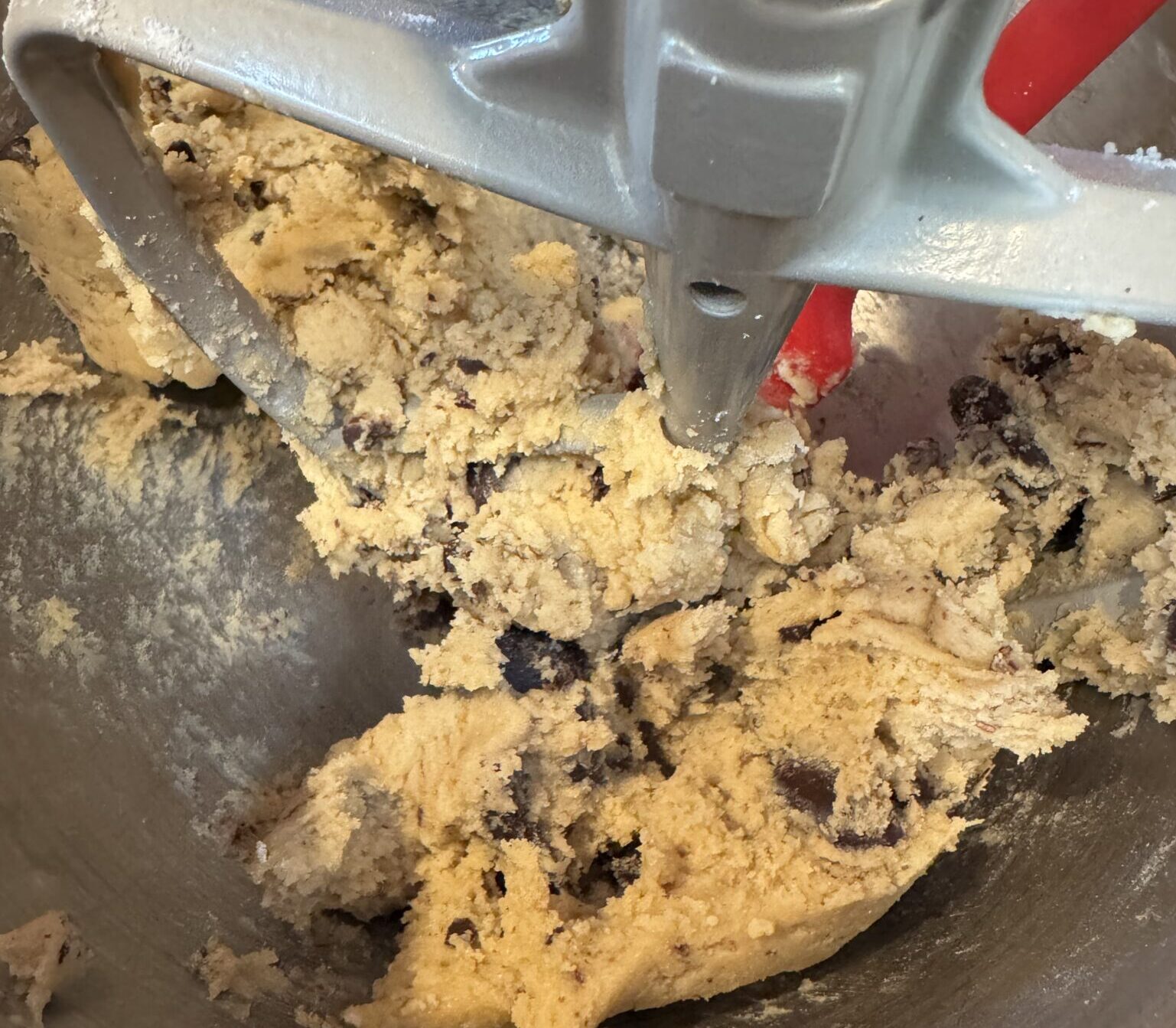
This dough is ready to be scooped.
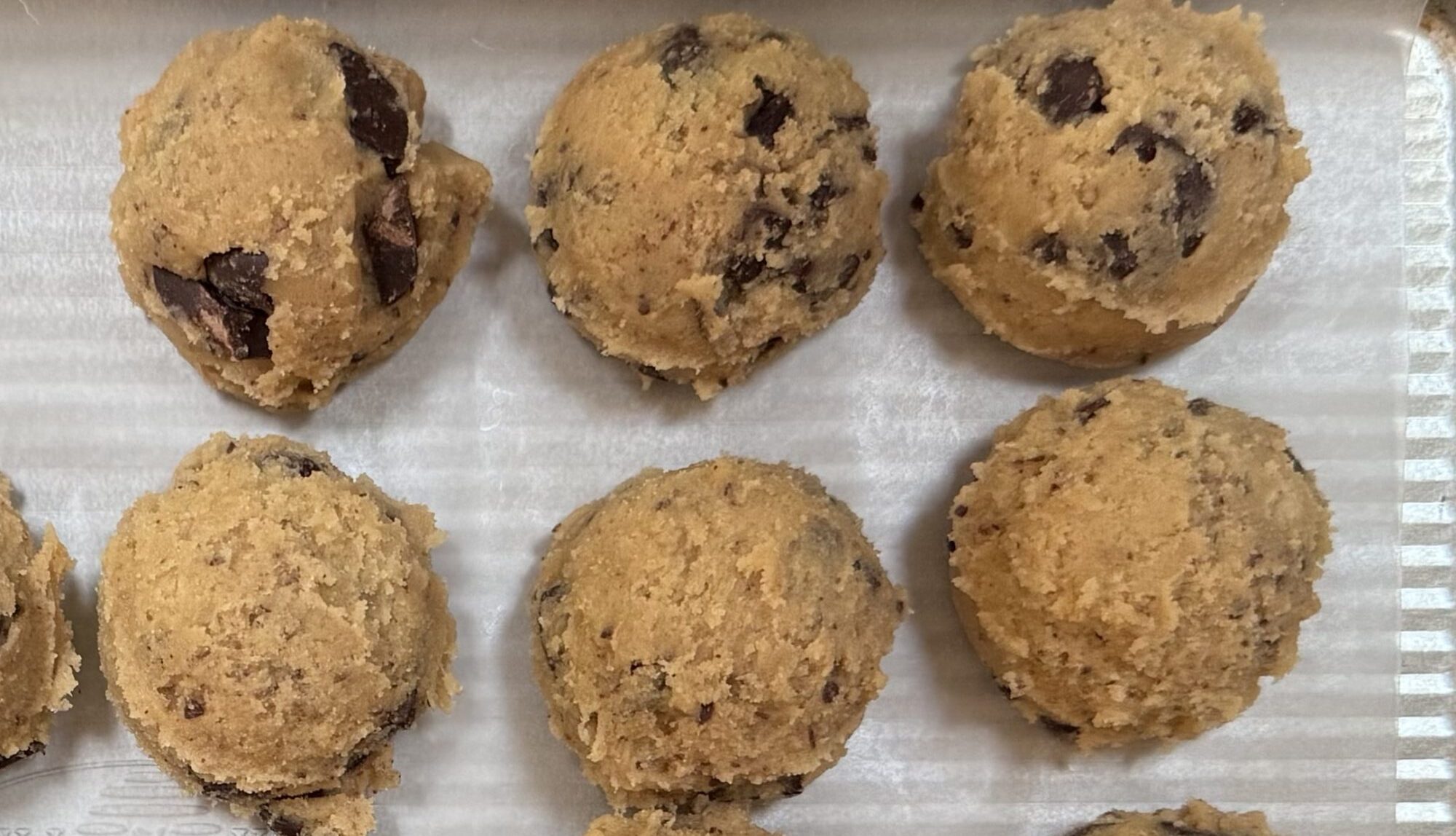
The Chocolate Chip Cookie Process
The recipe specifies a #40 scoop. I love details like that. Conversely, if you don’t have one, it is equivalent to 2 tablespoons of dough, roughly 30- 35 grams in weight. Finally, use 30 gms if you have reserved chocolate pieces to press into each dough ball.
Make sure to chill the dough thoroughly. These cookies will spread and result in a pretty thin cookie; chilling stops them from spreading too much.
Pull out your hand-dandy round cookie cutter or a glass. Some of the cookies will spread unevenly while baking. As soon as the cookies come out of the oven, use the round cutter to corral the cookie into a circle…this applies to y’all with ORCD (obsessive round cookie disorder).
Watch the cookies like a hawk; the edges should be golden brown, and the middle should not look shiny. It will look soft and slightly underdone. Take the cookies out and let them rest on the sheet until cooled. This is subjective; cooled can mean still warm but easy to handle, cause who can wait till they are cool? Then devour. Everyone needs a cookie in the middle of a hostile government takeover.
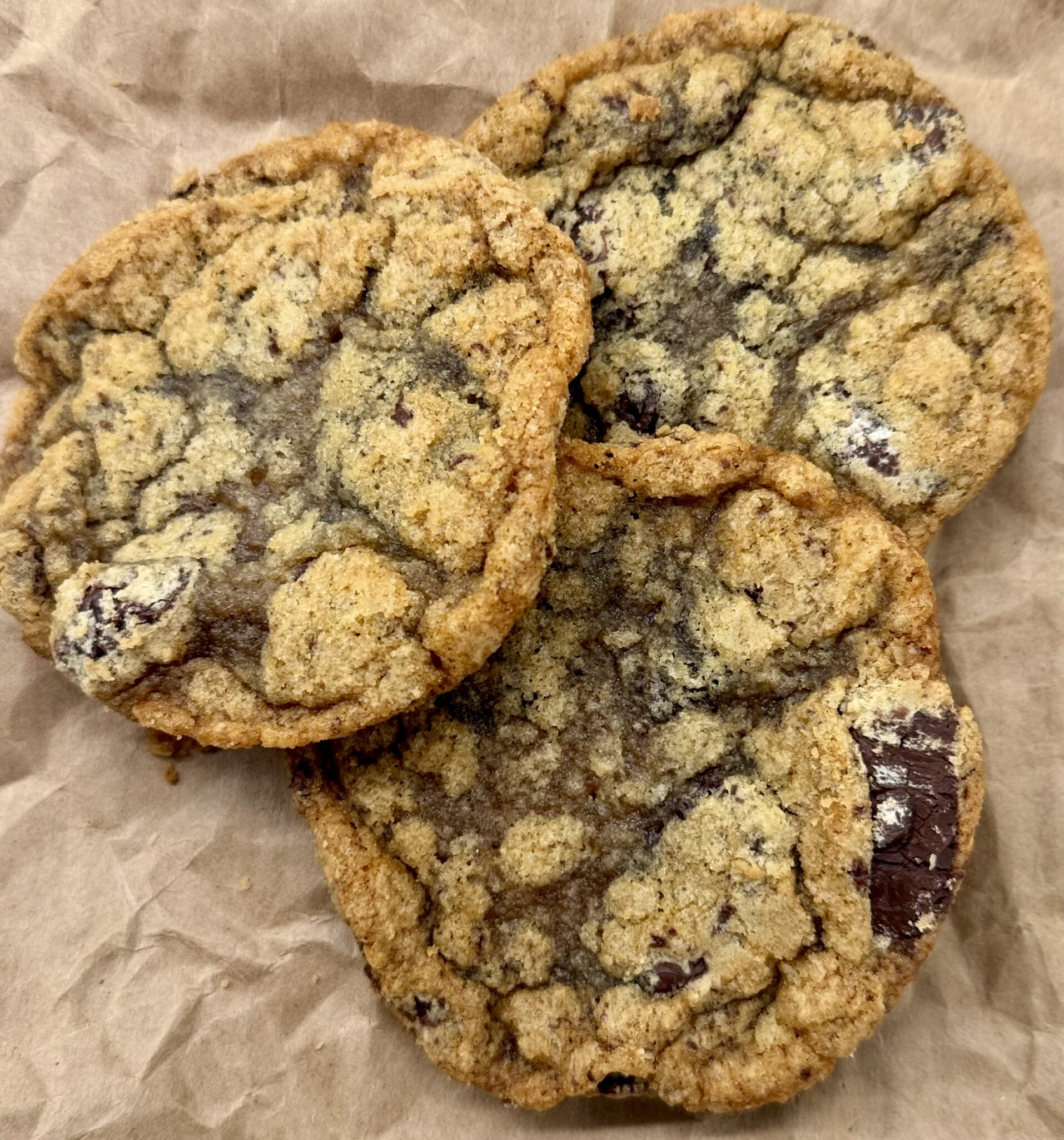
These are thin and delicious cookies. If you like thicker cookies, reminiscent of Mrs. Fields, try these. Soft and chewy? I swear by these.
République’s Chocolate Chip Cookies
Ingredients
Dry Ingredients
- 1-1/3 cups plus 1 Tbsp all-purpose flour 175gms
- 3/4 tsp baking soda 5 gms
- 1/4 tsp fine sea salt
Creamed Mixture
- 1/2 cup unsalted butter 110gms pliable but still cold
- 3/4 cup plus 1 Tbsp light brown sugar 130 gms
- 1/2 cup granulated sugar 100 gm
- 1 large egg
The Star
- 1 cup plus 2 Tbsp chopped dark chocolate 150 gms 60% to 72% cacao
Instructions
- Preheat the oven to 350°F. Line a baking sheet with parchment paper.
- Sift the flour into a bowl and set aside.
- Place the butter and both sugars in the bowl of a stand mixer fitted with the paddle attachment. Cream the mixture on medium speed until just incorporated—but no longer. Scrape down the bowl, add the baking soda, salt and egg, and mix until just incorporated. Feel free to make the dough by hand or using a portable mixer, less chance of over mixing.
- Add the flour to the butter mixture all at once. Again mix until just incorporated. Fold in the chocolate just until evenly distributed. Reserve ~12 pieces of chocolate to press into the top of each cookie dough ball. This insures you will have a nice piece of chocolate showcased in each cookie.
- Using a #40 (2 oz) ice cream scooper, scoop the dough onto a small baking sheet lined with parchment, press a piece of chocolate in each one, then wrap with plastic wrap, and chill overnight. This helps prevent cookie spread, it is still a pretty thin cookie.,
- Remove the cookie balls from the refrigerator and bake until the edges are crispy and golden, 8 to 10 minutes. (Bake for less time if you like your cookies chewy and longer if you like them crispier.) Cool on the baking sheet or serve warm. The cookies will keep in an airtight container for up to 5 days.
